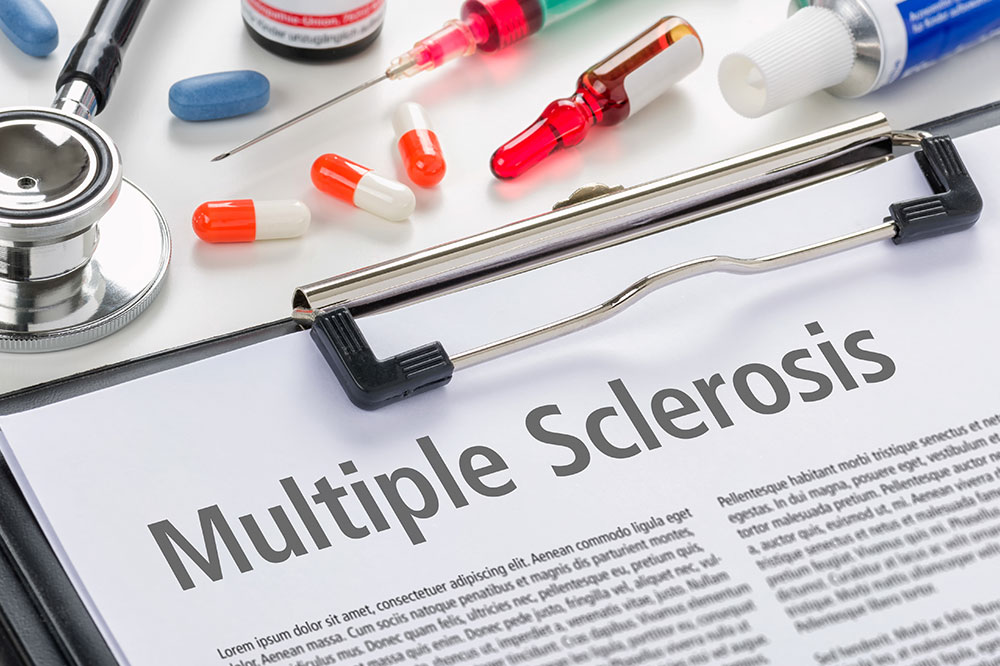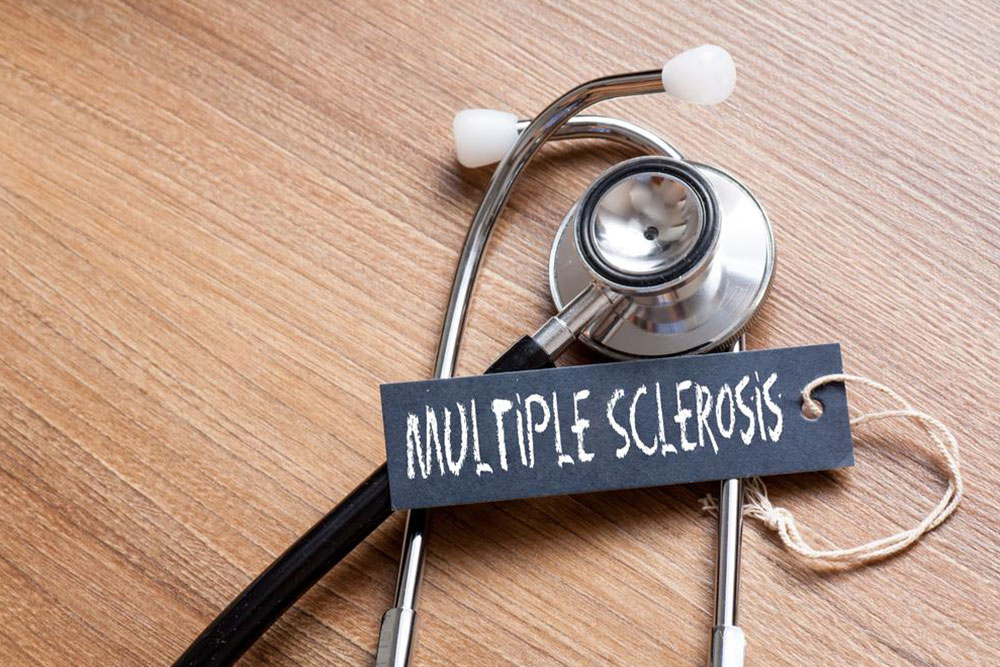Comprehensive Guide to Brain Lesions in Multiple Sclerosis: Causes, Symptoms, and Treatment
This in-depth article explores brain lesions in multiple sclerosis, covering causes, symptoms, diagnosis, and treatment options. It emphasizes the importance of early detection and lifestyle modifications to manage the condition effectively. Learn how lesions develop, impact daily life, and how modern therapies can improve patient outcomes and quality of life for those affected by MS.

Comprehensive Guide to Brain Lesions in Multiple Sclerosis: Causes, Symptoms, and Treatment
Introduction to Brain Lesions in Multiple Sclerosis
Multiple sclerosis (MS) is a chronic neurological disorder that affects millions of people worldwide. One of the hallmark features of MS is the presence of brain lesions, which are areas of damage within the central nervous system. Understanding these lesions is crucial for effective diagnosis, management, and treatment of the disease. This comprehensive guide delves into the nature of brain lesions in MS, exploring their causes, identifying symptoms, diagnostic procedures, and available treatment options, along with preventive measures to improve patient outcomes.
What Are Brain Lesions in Multiple Sclerosis?
Brain lesions in MS refer to damaged patches within the brain tissue caused predominantly by immune system attacks. These lesions are essentially areas where nerve tissue has been damaged or destroyed. They are often called plaques or scars and can vary considerably in size and location. The regions affected include critical parts of the brain such as the optic nerves, spinal cord, brainstem, and cerebellum. The presence, number, and severity of these lesions play a pivotal role in determining the progression of neurological symptoms and overall disease severity.
Understanding the formation and implications of these lesions provides insight into the complex pathology of MS and helps in tailoring personalized treatment strategies. Given their impact on neural communication, brain lesions are central to the clinical manifestations seen in patients with MS, affecting perception, movement, cognition, and emotional regulation.
Causes and Factors Contributing to Brain Lesions in Multiple Sclerosis
The primary driver behind brain lesions in MS is an autoimmune response, wherein the immune system mistakenly targets the myelin sheath—an insulating layer that surrounds nerve fibers in the central nervous system. This autoimmune attack results in demyelination, leading to the formation of lesions. Several factors influence the development and progression of these lesions:
Immune system malfunction: In MS, the immune system becomes dysregulated, producing antibodies that attack myelin and nerve tissues.
Genetic predisposition: Some individuals are genetically more susceptible to autoimmune diseases, increasing the risk of lesion formation.
Environmental triggers: Factors such as viral infections, vitamin D deficiency, smoking, and exposure to certain toxins can trigger or exacerbate MS progression.
Other medical conditions: Traumas, strokes, infections, tumors, or other autoimmune disorders may also contribute to lesion development, either independently or by compounding existing neurological damage.
It's important to note that lesions can have benign, malignant, or genetic origins, and their etiology can be multifactorial, involving vascular issues or neurodegeneration. The heterogeneity of causes underscores the need for comprehensive diagnostic assessments.
Impact of Brain Lesions on Daily Function and Quality of Life
Brain lesions significantly influence the neurological and psychological well-being of MS patients. As these lesions develop in various parts of the brain and spinal cord, they can interfere with crucial functions:
Cognitive impairments: Difficulties with memory, concentration, and problem-solving often manifest as a direct consequence of lesion location and severity.
Emotional and behavioral changes: Patients may experience mood swings, depression, or personality shifts due to lesions affecting the limbic system or other related areas.
Motor and sensory deficits: Weakness, paralysis, numbness, or coordination problems can emerge when lesions involve motor pathways or sensory nerves.
Visual disturbances: Damage to the optic nerves may cause blurred vision, partial loss of sight, or other visual impairments.
Other symptoms: Headaches, nausea, speech difficulties, and balance problems are common signs associated with lesion activity.
Persistent or recurrent lesions may lead to progressive disabilities, affecting movement, self-care, and overall independence. Women are statistically more susceptible to developing MS and associated lesions, although the reasons for this discrepancy are still under research.
Importantly, MS is not contagious, eliminating concerns about transmission through contact. Nonetheless, untreated lesions may result in irreversible damage, emphasizing the importance of early intervention.
Diagnosing Brain Lesions in Multiple Sclerosis
Accurate diagnosis of brain lesions is vital for effective treatment planning. Advanced imaging techniques are employed to detect, measure, and monitor lesions:
MRI (Magnetic Resonance Imaging): The gold standard for MS diagnosis, MRI provides detailed images of brain tissue, revealing the number, size, and location of lesions. Gadolinium contrast agents enhance visualization by highlighting active inflammation.
CT scans: Though less sensitive than MRI, CT scans can help in certain cases to rule out other causes of neurological symptoms.
Blood tests: Used to exclude other conditions and assess markers of inflammation or immune activity.
Diagnosis criteria involve identifying lesions in multiple areas of the central nervous system at different times — a process called dissemination in space and time. Symptoms such as headaches, vision issues, weakness, speech problems, confusion, or behavioral changes serve as clinical signs prompting further investigation.
Early detection enables timely management, potentially slowing disease progression and minimizing permanent neurological damage.
Treatment Strategies for Brain Lesions in MS
While there is currently no cure for MS, various therapies aim to manage symptoms, modify disease course, and reduce lesion formation:
Pharmacological treatments: Disease-modifying therapies (DMTs) such as interferons, glatiramer acetate, and newer oral agents help reduce relapse rates and lesion development. Corticosteroids may be used to treat acute flare-ups and inflammation.
Managing underlying causes: Addressing lifestyle factors like smoking cessation, blood pressure control, and sun exposure minimization can help mitigate lesion expansion.
Custom interventions: Surgical removal may be considered if lesions are malignant or causing significant dysfunction. Brain surgery is rarely used but may be an option for certain tumors or severe cases.
Infection control: Antibiotics or antimicrobials might be necessary if lesions are caused or complicated by infections.
Rehabilitation therapies: Physical therapy, occupational therapy, and cognitive rehabilitation can improve functional outcomes and enhance quality of life.
Early diagnosis and intervention are critical. Maintaining a healthy lifestyle, adhering to prescribed treatments, and regular medical monitoring can significantly impact prognosis and disease progression.
Prognosis and Long-term Management
The outlook for MS patients with brain lesions varies widely based on lesion severity, location, and response to treatment. Some lesions may heal over time, while others recur or cause irreversible damage. The progressive nature of MS underscores the importance of continuous medical supervision, lifestyle modifications, and early therapeutic intervention.
While a complete cure remains elusive, advancements in disease-modifying therapies have greatly improved patient quality of life. Support networks, counseling, and patient education play vital roles in managing the psychological and emotional impacts associated with the disease.
Prevention efforts focus on reducing risk factors, early detection, and adhering to comprehensive management plans. This proactive approach can help slow disease progression, minimize disability, and enhance overall life quality.





